How can lovers of style and elegance fit into an increasingly ethical and green approach to our planet? It is extraordinary what creativity, innovation and new technologies can achieve. And the leading events of Italian fashion know how to make these beautiful "revolutions" known worldwide, in a super glam context.
Did you know that La Scala Theatre in Milan hosted the first-ever Green Carpet Fashion Awards? Four "sacred monsters" of Made in Italy, such as Giorgio Armani, Miuccia Prada, Alessandro Michele and Pierpaolo Piccioli, were present at the flagship event of Milan Fashion Week 2017, but that's not all...
At the helm of this change, in parallel with the big brands, there are many small artisan companies and innovative start-ups capable of creating new fabrics from the most disparate materials. And so what until recently was waste material becomes magic.

Fast fashion and 'disposable' fashion

Care for the environment is an increasingly important issue (the United Nations Climate Change Conference 2021, known as Cop26 in Glasgow, has just ended), and the fashion industry must also take its responsibilities.
The ever-increasing spread of 'fast fashion' has a significant impact on the wellbeing of our planet. That vast industry makes low-quality clothes, constantly comes up with new collections and sells them at super-low prices, thus encouraging consumerism and waste. Behind the pleasure of going shopping and coming home with bags full of new clothes without having an empty wallet, however, there are aspects that we often don't consider. It goes without saying that to sell low-cost clothing, you have to produce it cheaply and therefore turn a blind eye (or even two) to many aspects of production. The good news is that fashion, to be truly sustainable, must also be accessible, so there is no need to spend crazy amounts of money, but only "a little more" to do our part in safeguarding the wellbeing of the planet and the workers in the sector.
Why is Italian fashion so unique?

Italian fashion has a long tradition of craftsmanship that has always given high value to the quality of fabrics. The whole world loves it because, within those creations, you can perceive a passion and expertise capable of creating a style without equal. An innate sense of elegance, excellent tailoring, the choice of fine materials and a constant search for innovation are far removed from the logic of Fast Fashion. Italy is fortunate to have all the phases of fashion manufacturing within its borders, from raw materials such as yarns, leathers and fabrics, to designers and dressmakers. The result is valuable garments that do not wear out in the time of one season and therefore turn into waste much more rarely and slowly. Who would throw away a Valentino or Giorgio Armani dress?
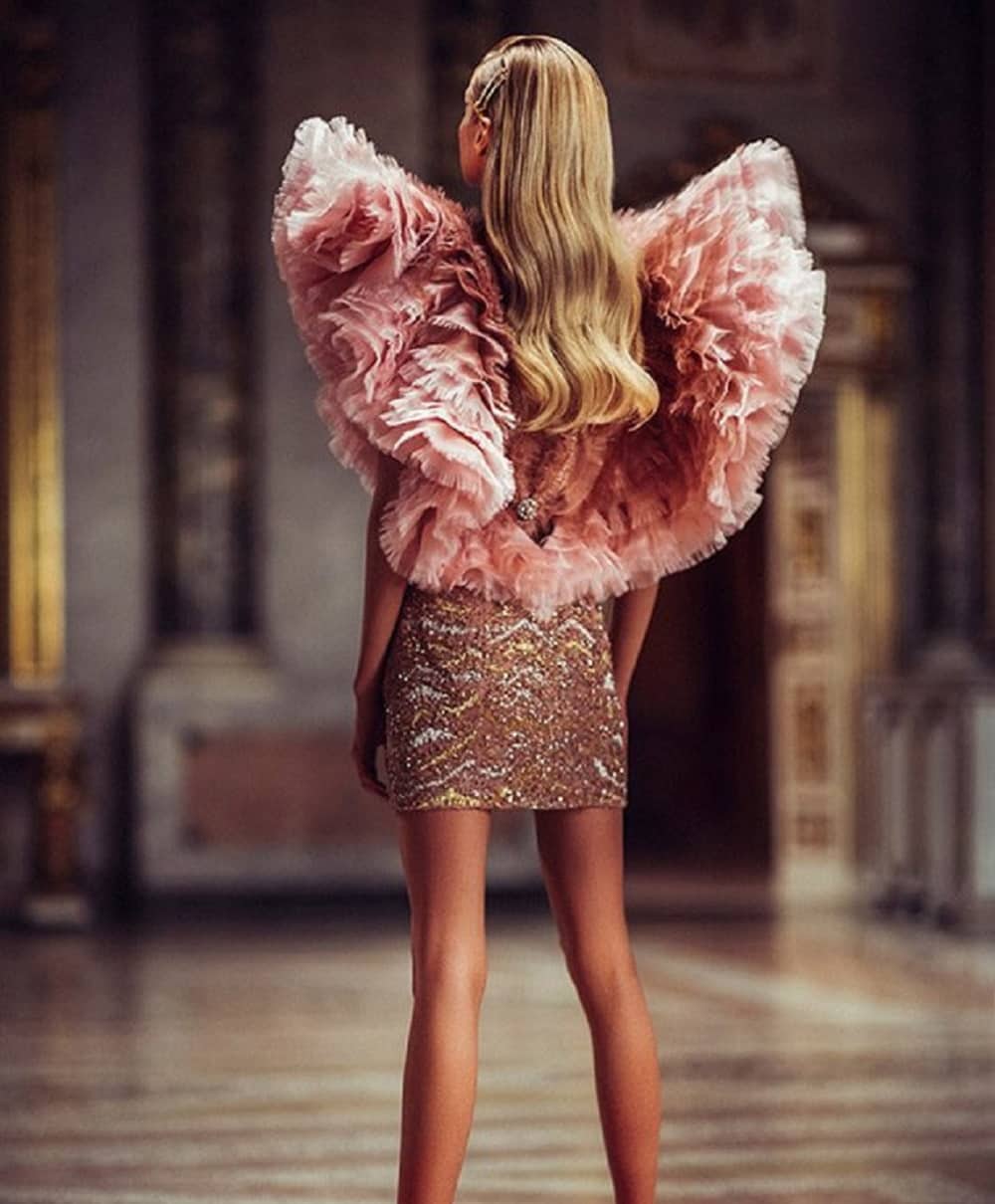
Nowadays, however, all this is not enough: Made in Italy must evolve and adopt the logic of sustainability in all its phases. Italy is the world's leading producer of luxury fashion, and the entire Italian fashion industry is now moving towards increasingly ethical and green production. Thanks to its leadership role, it has the power to drive this change. Moreover, sustainability has become a critical competitive lever to meet the approval of an increasingly attentive public. Italian fashion has thus taken the lead with its glamorous and unmistakable way of doing things.
Fashion must continue to make people dream, and it can do so in an ecological manner. We, therefore, thought of creating an eco-sustainable fashion Oscar, which did not exist until now. Instead of celebrating the red carpet, we will celebrate the green carpet.
Milan Fashion Week and the first Green Carpet Fashion Awards
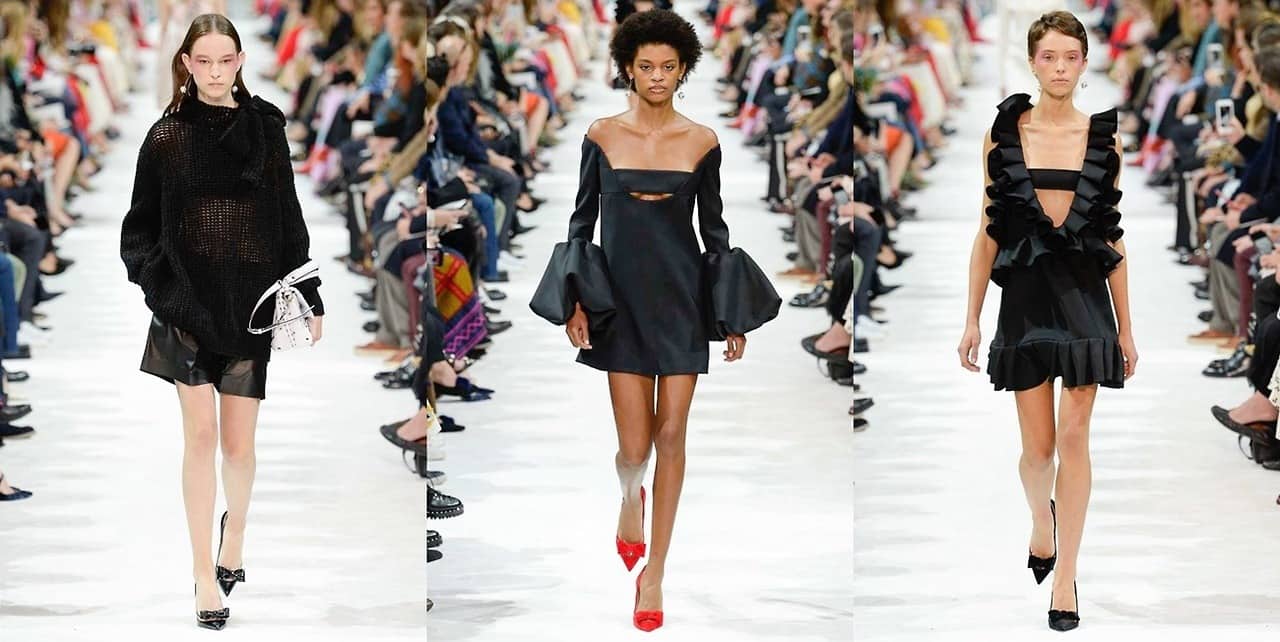
"Fashion must continue to make people dream, and it can do so in an ecological manner. We, therefore, thought of creating an eco-sustainable fashion Oscar, which did not exist until now. Instead of celebrating the red carpet, we will celebrate the green carpet": these are the words of the President of the Camera Nazionale della Moda Italiana (National Chamber for Italian Fashion - CNMI) Carlo Capasa. On 24 September 2017, during Milan Fashion Week, the first Green Carpet Fashion Awards in history were presented in the beautiful setting of the Teatro alla Scala. The setting chosen on this occasion was made of pomegranate trees with gold and red trees. The CNMI organised this event in collaboration with Eco-Age (a consultancy and communication agency that supports international brands in their journey towards ethics and eco-sustainability). This ceremony was an excellent success for sustainable fashion, bringing together the most prestigious stylists, emerging Italian designers, luxury fashion houses, artisans and the most innovative companies in the world of sustainability.

Among the participants in the event were Giorgio Armani, Miuccia Prada, Alessandro Michele (Creative Director of the Gucci Maison) and Pierpaolo Piccioli (Creative Director of the Valentino Maison), as well as many stars and prominent figures from the Italian and international fashion biz, such as the newly appointed director of Vogue Italia Emanuele Farneti and director of Vogue America Anna Wintour. Last but not least, the stars of the entertainment world who, through their example, can make a fundamental contribution to the cause of environmental sustainability, influencing millions of followers.
The ceremony awarded the first Oscars for sustainable fashion, proving that luxury, beauty and care for the environment can not only coexist but be a winning combination for a more ethical (as well as glamorous) world. The first Sustainable Fashion Awards winners were former top model and activist Gisele Bündchen and designers Pierpaolo Piccioli and Brunello Cucinelli, who received statuettes designed by Chopard depicting - precisely - a pomegranate.
The most innovative and surprising fabrics of Italian sustainable fashion
.jpg)
When the ideal is high, innovation can create beautiful things. Would you ever have thought of making beautiful clothing and bags out of marble, oranges or casein? Italian brands and designers are experimenting more and more with the use of new ecological and recycled fabrics. In this latest fashion paradigm, in addition to the big names and established brands, some exciting start-ups are making their way.
One of the most ingenious inventions is undoubtedly the idea of two young men from Verona who produce waterproof jackets made of marble and leather bags made of wood, created using the excellence of the Italian territory. The marble is pulverised and transformed into a rubbery material that will cover parkas and raincoats. Wood from ethical forests, on the other hand, becomes a flexible material similar to leather, used to create shoulder bags and clutch bags with veins and knots.
Casein extracted from surplus milk can be used to make T-shirts, as a start-up company from Pisa has done (although the idea is taken from a patent from the 1930s, but improved). Milk fibre is a fabric made from casein, which is transformed into fibre using revolutionary bioengineering techniques. The result is a resistant, soft and light fabric that gives the skin a pleasant sensation of freshness and wellbeing.
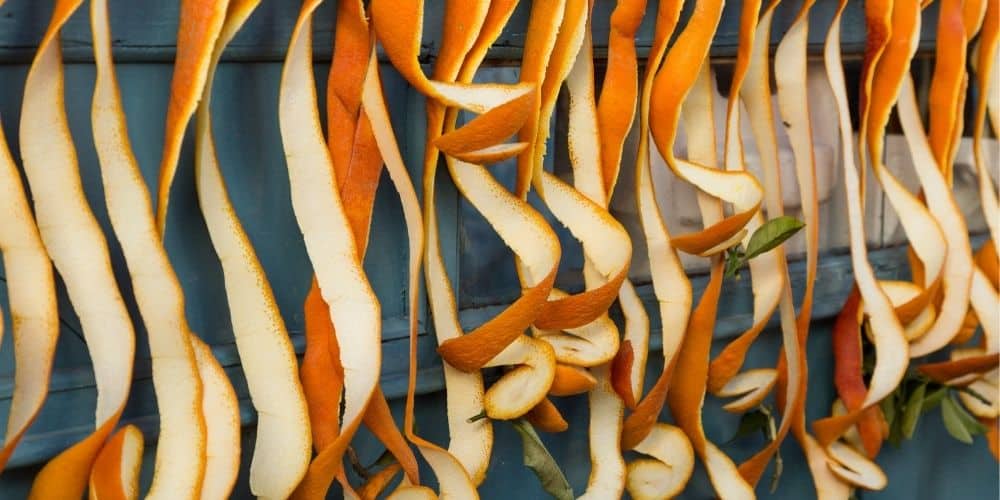
Another fibre that we would like to present to you is that obtained from orange waste, which amounts to hundreds of thousands of tonnes per year in a country like Italy. The idea came from two girls from an Italian region famous for its oranges: Sicily. The result is a yarn called Orange Fiber, a biodegradable fibre similar to silk that retains neither the colour nor the scent of citrus fruits. Today it is also used by established brands such as Salvatore Ferragamo for luxurious women's clothing collections and the H&M chain for its Conscious Collection (yes, even the fast fashion giants are slowly moving in the direction of sustainability).
The idea of a Milanese company to recycle grape pomace (the waste from grapes used to make wine) gave rise to Wineleather, a zero-impact imitation leather ideal for creating bags and other accessories.
The future of Italian fashion: the choices of the big luxury brands
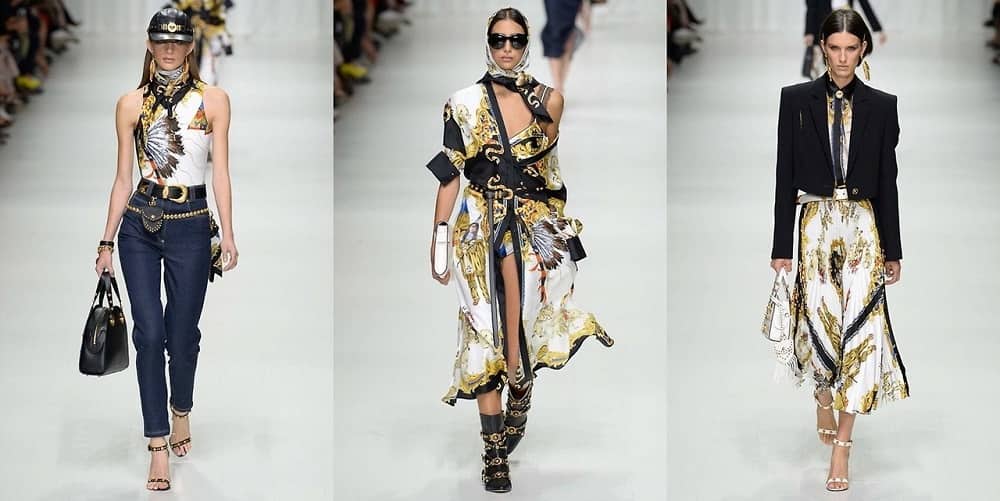
Sustainable fashion is increasingly becoming a trend. Many companies in the sector are presenting capsule collections that adopt green materials, the recovery of waste materials and recycling, and the more sustainable fashion becomes mainstream, the more it will be possible to lower the final price of the products. Today, we can proudly say that the fashion industry has taken a definite direction, driven by luxury brands that have decided to go green.
One such brand is Gucci, which, under the direction of Alessandro Michele, has been voted the world's first sustainable fashion corporation. The icing on the cake: the Gucci Equilibrium portal launched in 2019 to inform about the social and environmental practices adopted by the brand.
Prada, for its part, with the Prada Re-Nylon project, presents the fashion house's iconic accessories in ECONYL®, a new material obtained from plastic waste collected from oceans, fishing nets and textile fibre waste.
In addition, the brand has announced that it will no longer use fur for its women's clothing, a choice also adopted by Donatella Versace. As part of a more comprehensive project towards eco-sustainability, the designer declared: "I don't want to kill animals to make fashion".
Technological progress achieved in recent years allows us to have valid alternatives that make it unnecessary to resort to cruel practices towards animals.
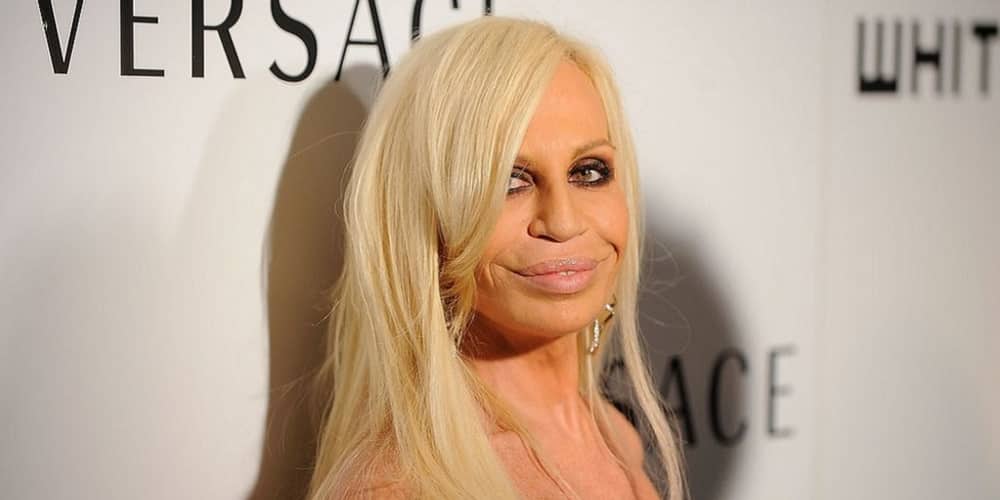
Giorgio Armani has replaced real fur with ecological fur since the 2016/2017 autumn-winter collection. Here are his words: "Technological progress achieved in recent years allows us to have valid alternatives that make it unnecessary to resort to cruel practices towards animals". On the occasion of Earth Day 2021, King George has created, in collaboration with National Geographic, a series of t-shirts and sweatshirts inspired by nature to give voice to the theme of protecting biodiversity and endangered species.
In recent years, the Valentino fashion house has also made an extraordinary commitment to ethics and the environment, especially towards animals, which earned it the Legacy Award at the third Green Carpet Fashion Awards. The maison has chosen to abolish alpaca wool from its collections by 2021, which will be 100% fur-free from 2022. The latest novelty is the new packaging that will be launched soon and will reconfigure the brand identity: low environmental impact, made primarily from recycled materials, but without affecting the soul of craftsmanship and the symbolic nuances of the brand, namely white and red.
A world where luxury, elegance and sustainability coexist is truly possible , and it will be the most glamorous world we have ever seen.
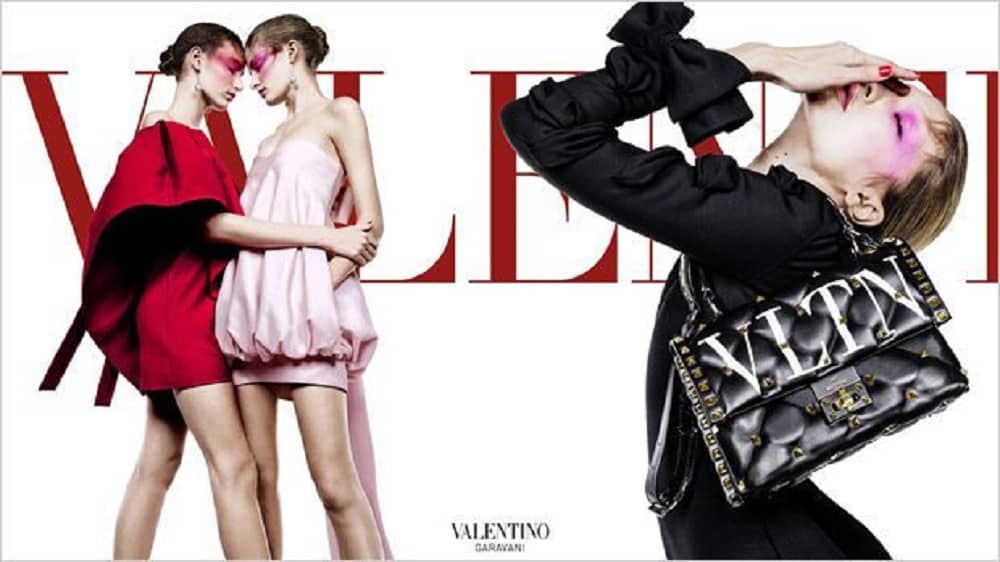
Content created in collaboration with Best Magazine.
Best Magazine offers the best content on Fashion, Art, Music, Events, Design, Sport, Cinema, Technology, Culture, VIPs and much more. Media partner of major national and international events. Appreciated for its content and prestigious galleries.
About the author
Written on 26/11/2021


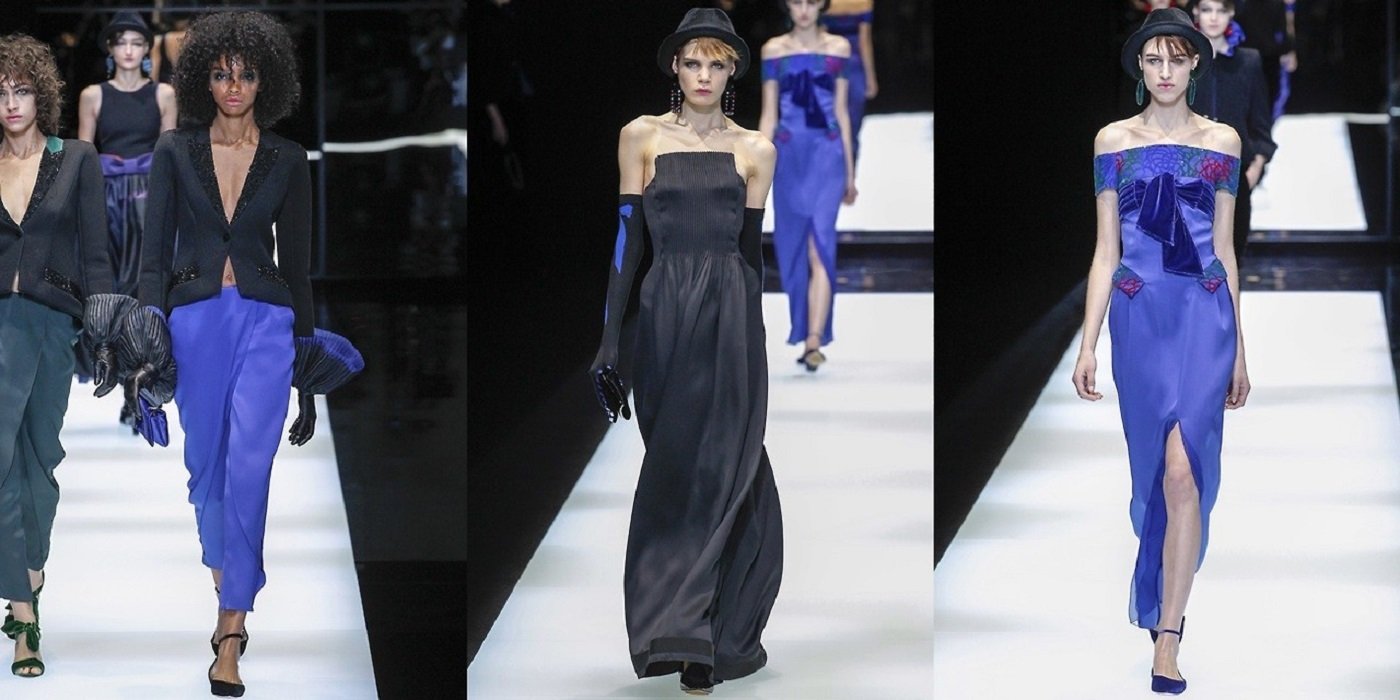
Chiara Musino
It is possible to combine luxury and sustainable fashion. This article will see how Italian fashion, from start-ups to the big Maisons, interprets its leadership in a changing world, between glamorous events and innovative fabrics.